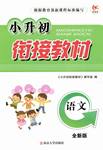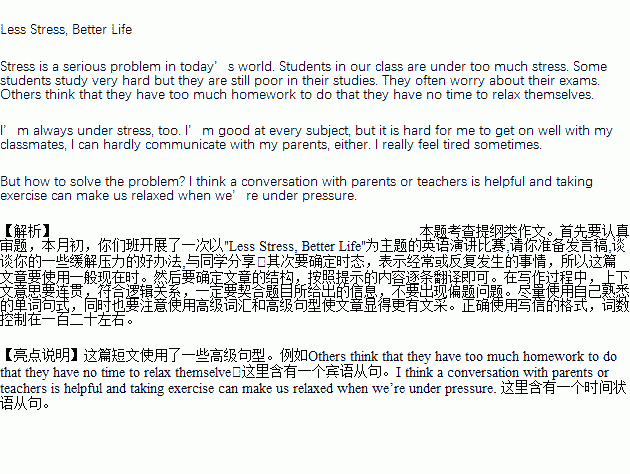��Ŀ����
���³������ǰչ��һ����"Less Stress, Better Life"Ϊ�����Ӣ���ݽ�����,���������Ը�,̸̸���һЩ����ѹ���ĺð취,��ͬѧ����,���ݰ���:
��ͬѧ�����ձ���ڵ�ѹ����ѧϰ��Ŭ�����ɼ������룻��ҵ̫�࣬ûʱ����Ϣ.
���ҵ�ѹ�����ɼ��ã�����ͬѧ�ദ�����ѣ��븸ĸȱ����ͨ��
��ѹ���ķ������������ ע�⣺ 1. ����120���ң�
____________________________________________________________________________________________
____________________________________________________________________________________________
____________________________________________________________________________________________
____________________________________________________________________________________________
____________________________________________________________________________________________
____________________________________________________________________________________________
____________________________________________________________________________________________
_________________________________________________________________
 ѧ�����νӽ̲��Ͼ���ѧ������ϵ�д�
ѧ�����νӽ̲��Ͼ���ѧ������ϵ�д�

 lend you his car. 3.
lend you his car. 3.